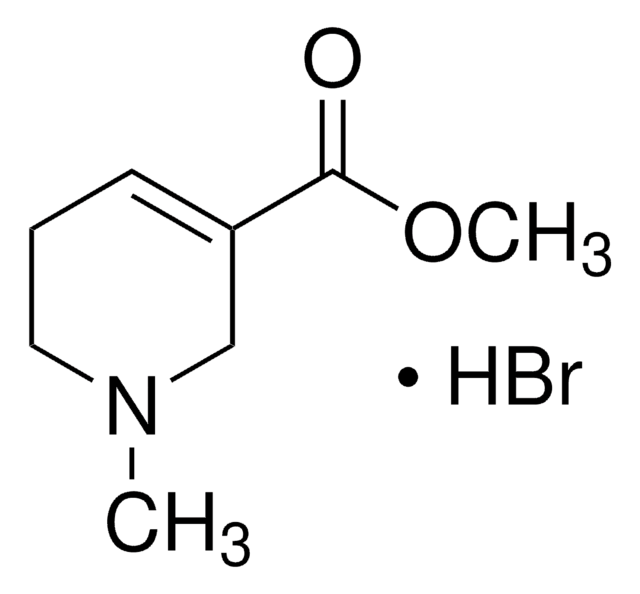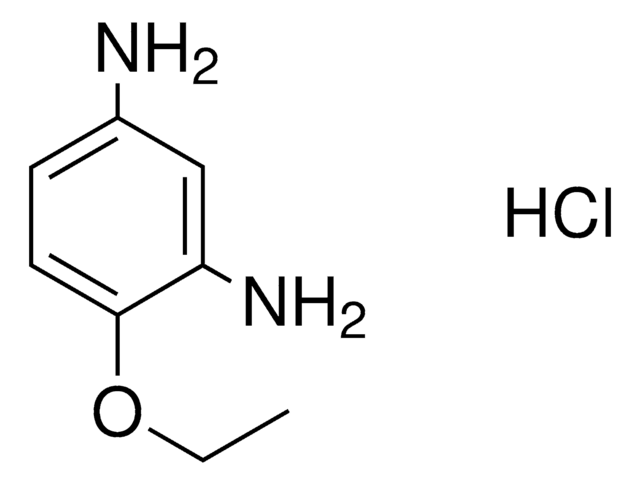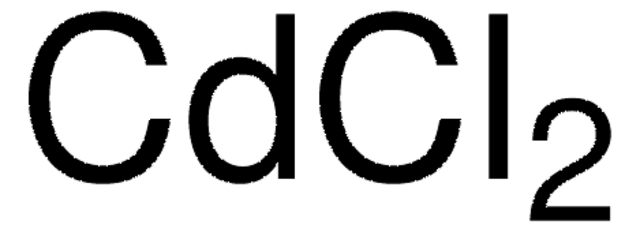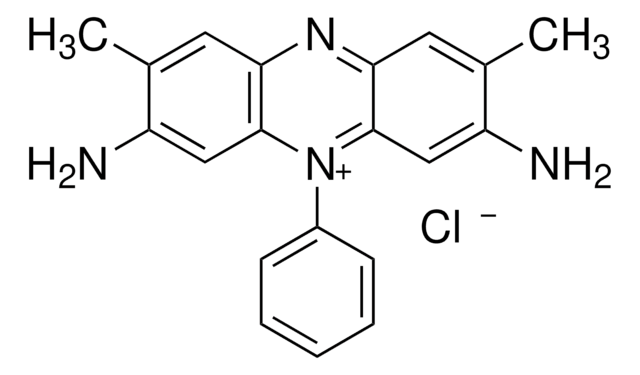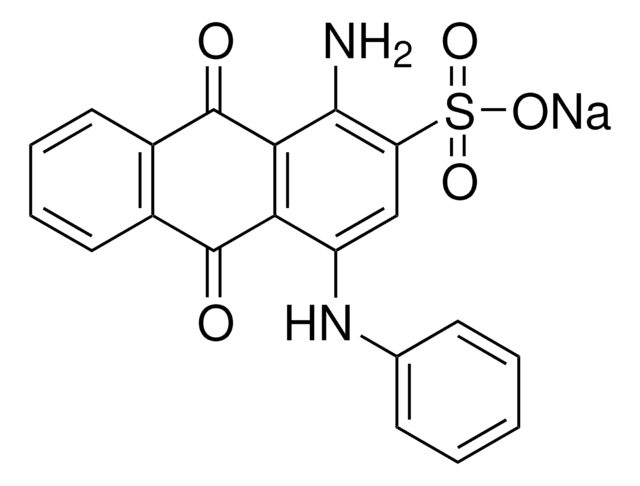A6134
Arecoline hydrobromide
≥98% (HPLC), powder
Synonym(s):
1-Methyl-1,2,5,6-tetrahydro-3-pyridinecarboxylic acid methyl ester hydrobromide, Arecaidine methyl ester hydrobromide, Methyl 1,2,5,6-tetrahydro-1-methyl-3-pyridinecarboxylate hydrobromide, Methyl 1-methyl-1,2,5,6-tetrahydronicotinate hydrobromide, Taeniolin
About This Item
Recommended Products
Assay
≥98% (HPLC)
form
powder
color
white
mp
172-176 °C (lit.)
solubility
H2O: soluble (Solutions should be freshly prepared.)
ethanol: slightly soluble (Solutions should be freshly prepared.)
SMILES string
Br[H].COC(=O)C1=CCCN(C)C1
InChI
1S/C8H13NO2.BrH/c1-9-5-3-4-7(6-9)8(10)11-2;/h4H,3,5-6H2,1-2H3;1H
InChI key
AXOJRQLKMVSHHZ-UHFFFAOYSA-N
Gene Information
human ... CHRM1(1128) , CHRM2(1129) , CHRM3(1131) , CHRM4(1132) , CHRM5(1133)
Looking for similar products? Visit Product Comparison Guide
Biochem/physiol Actions
Storage Class Code
10 - Combustible liquids
WGK
WGK 1
Flash Point(F)
188.6 °F - Solvent
Flash Point(C)
87 °C - Solvent
Regulatory Information
Choose from one of the most recent versions:
Already Own This Product?
Find documentation for the products that you have recently purchased in the Document Library.
Our team of scientists has experience in all areas of research including Life Science, Material Science, Chemical Synthesis, Chromatography, Analytical and many others.
Contact Technical Service